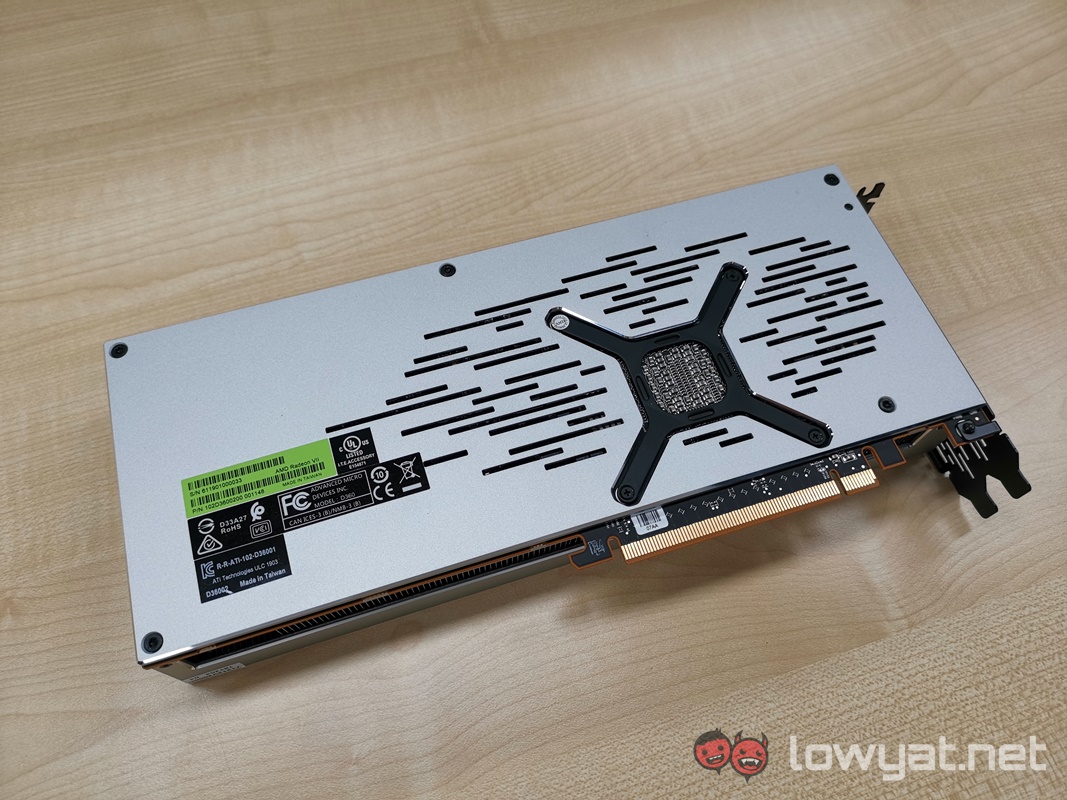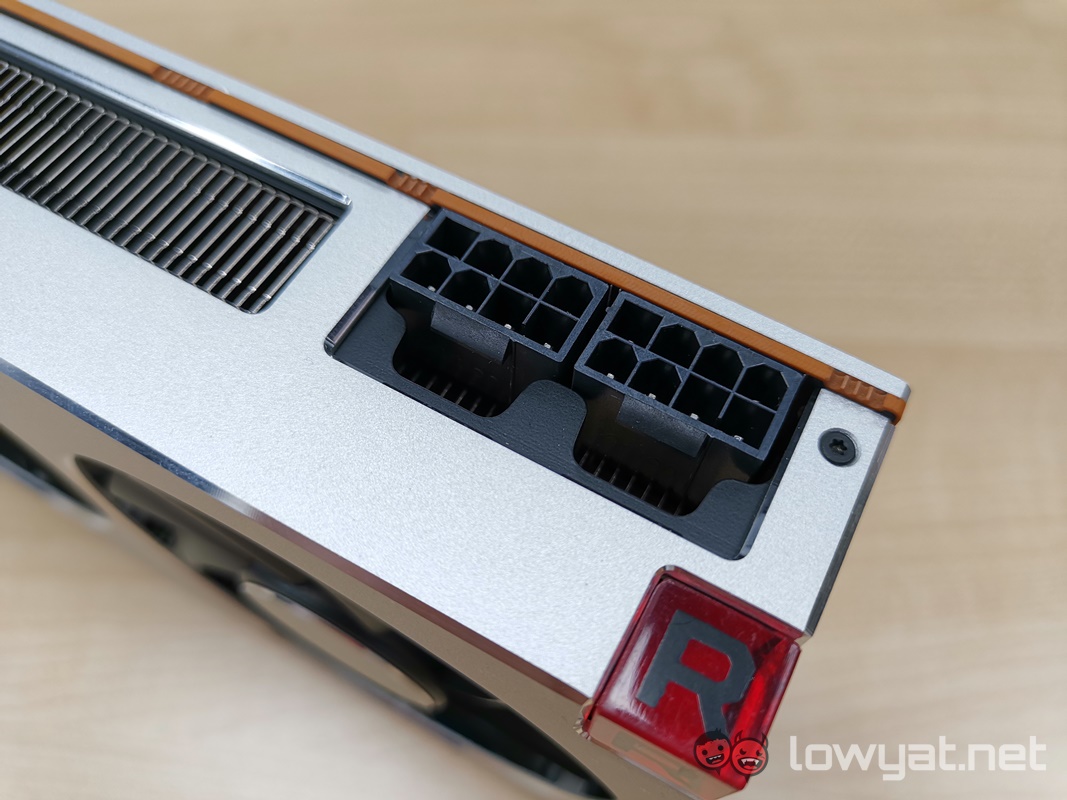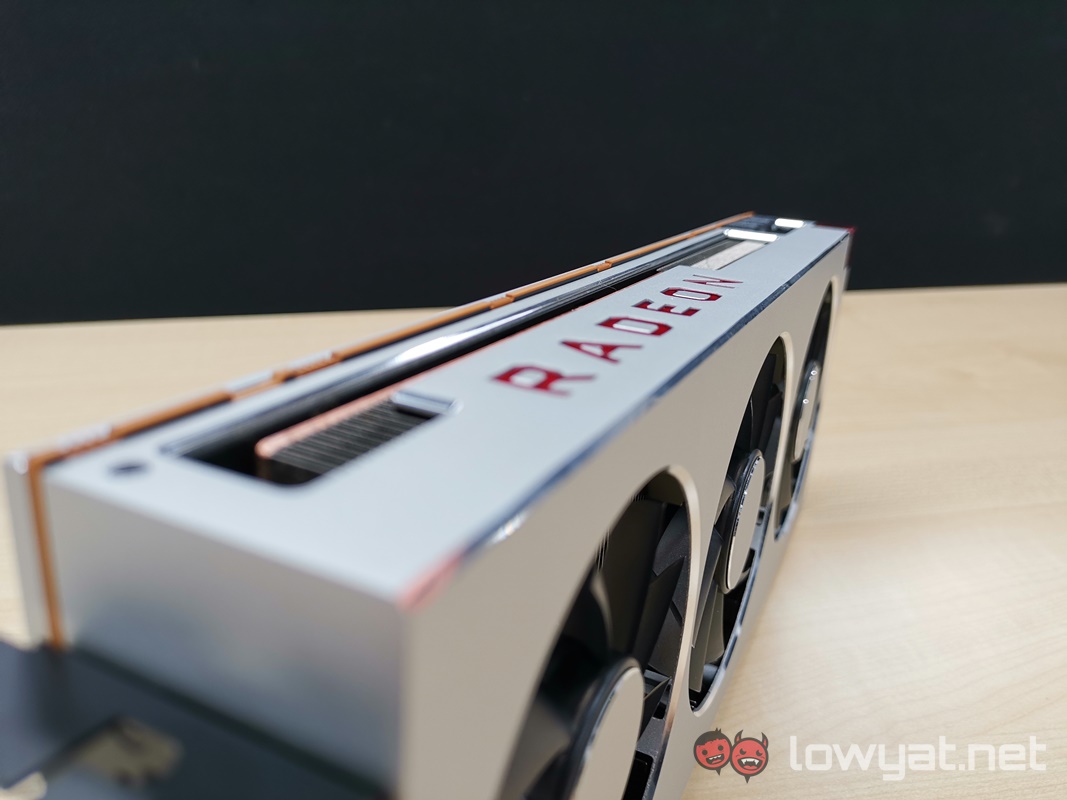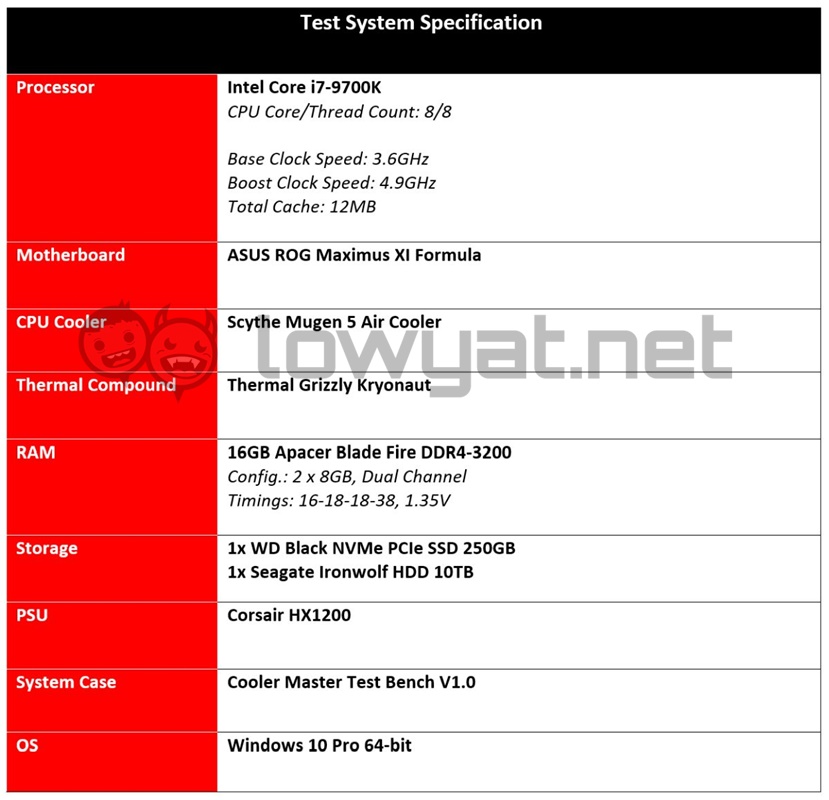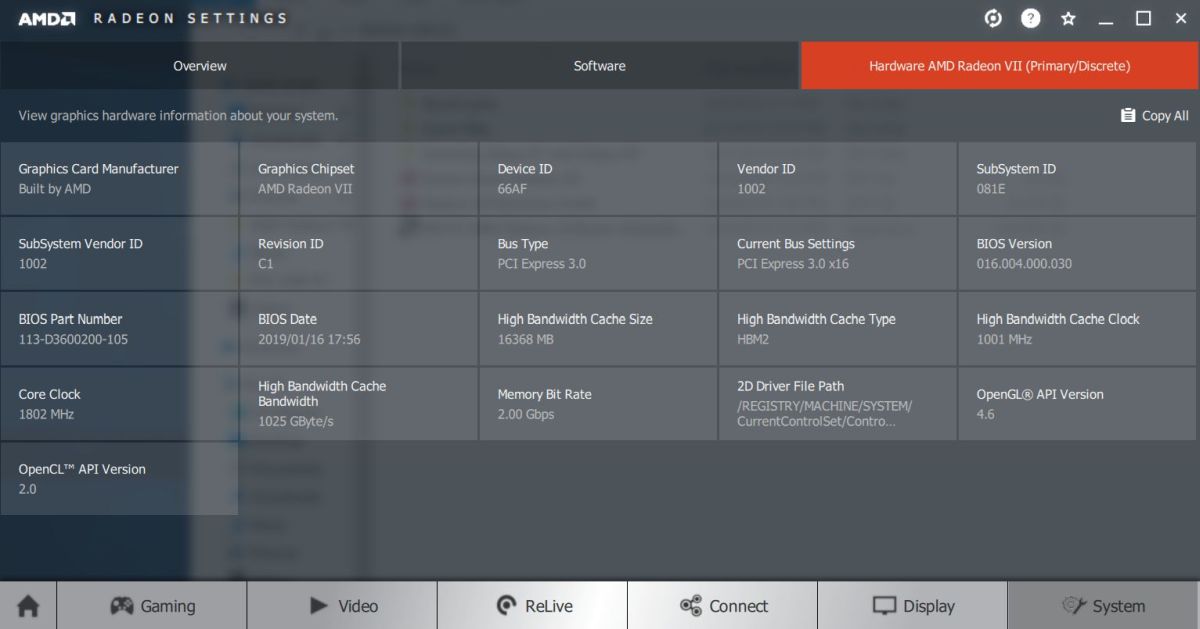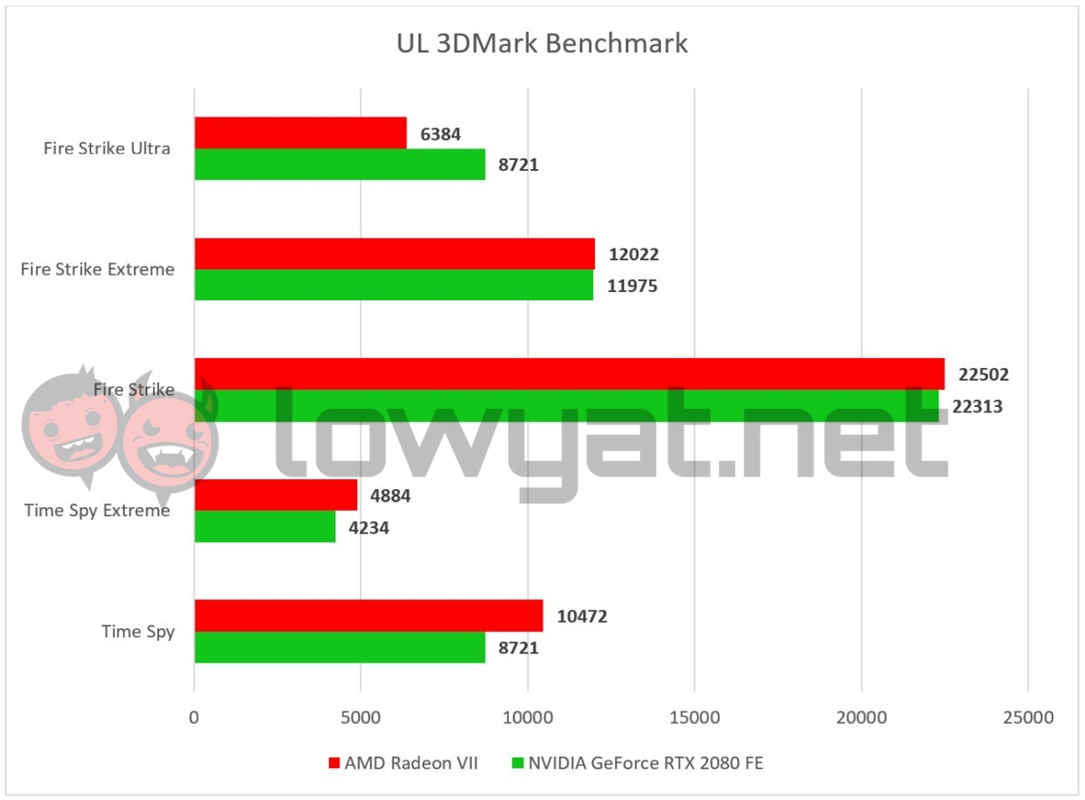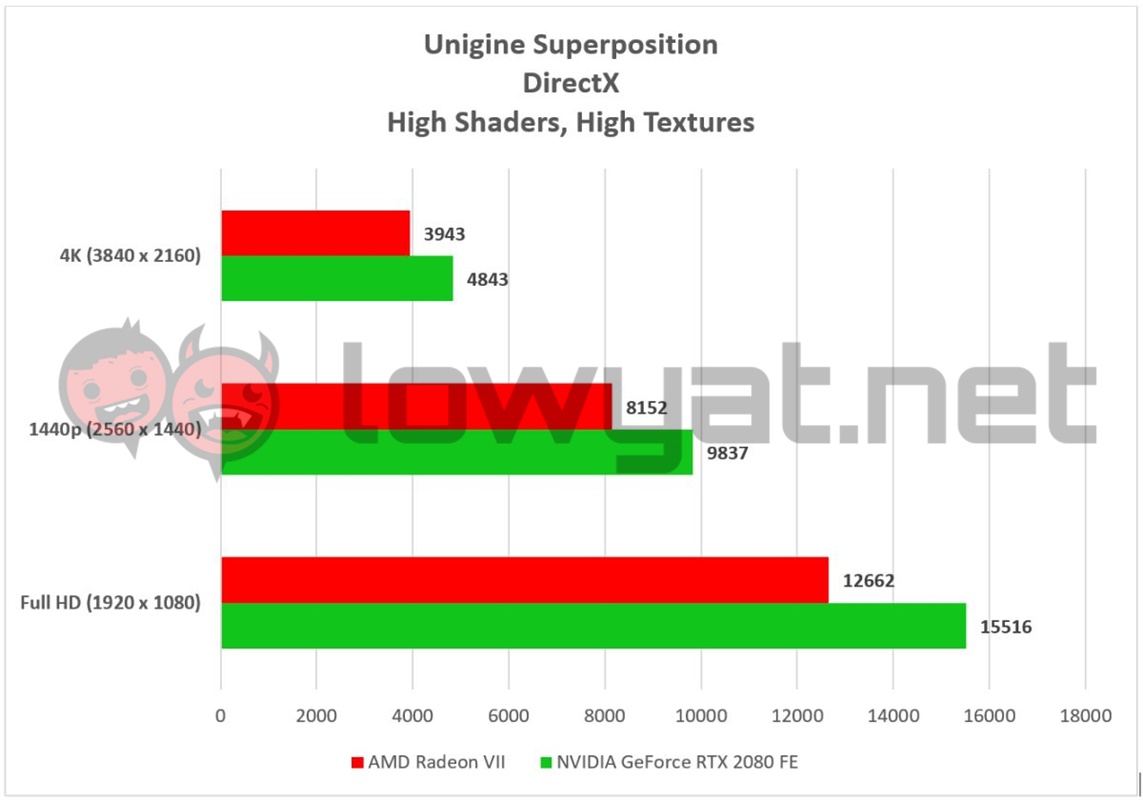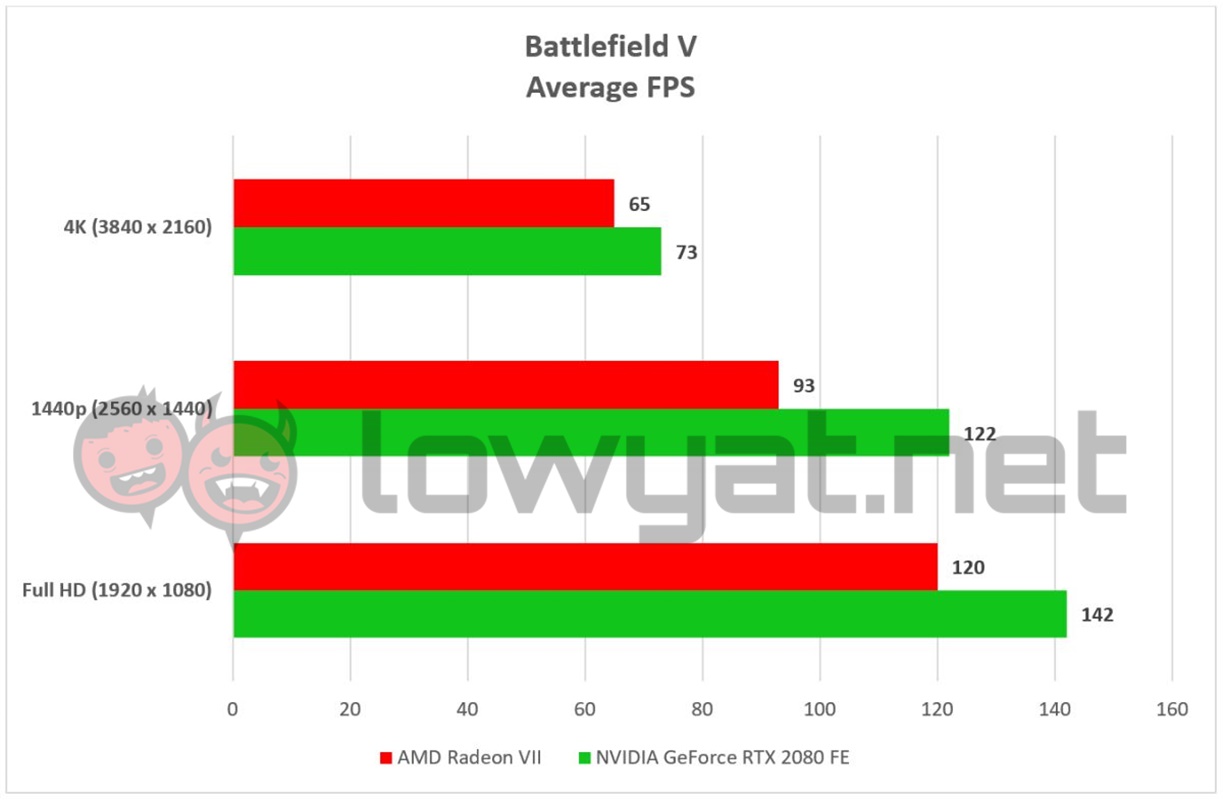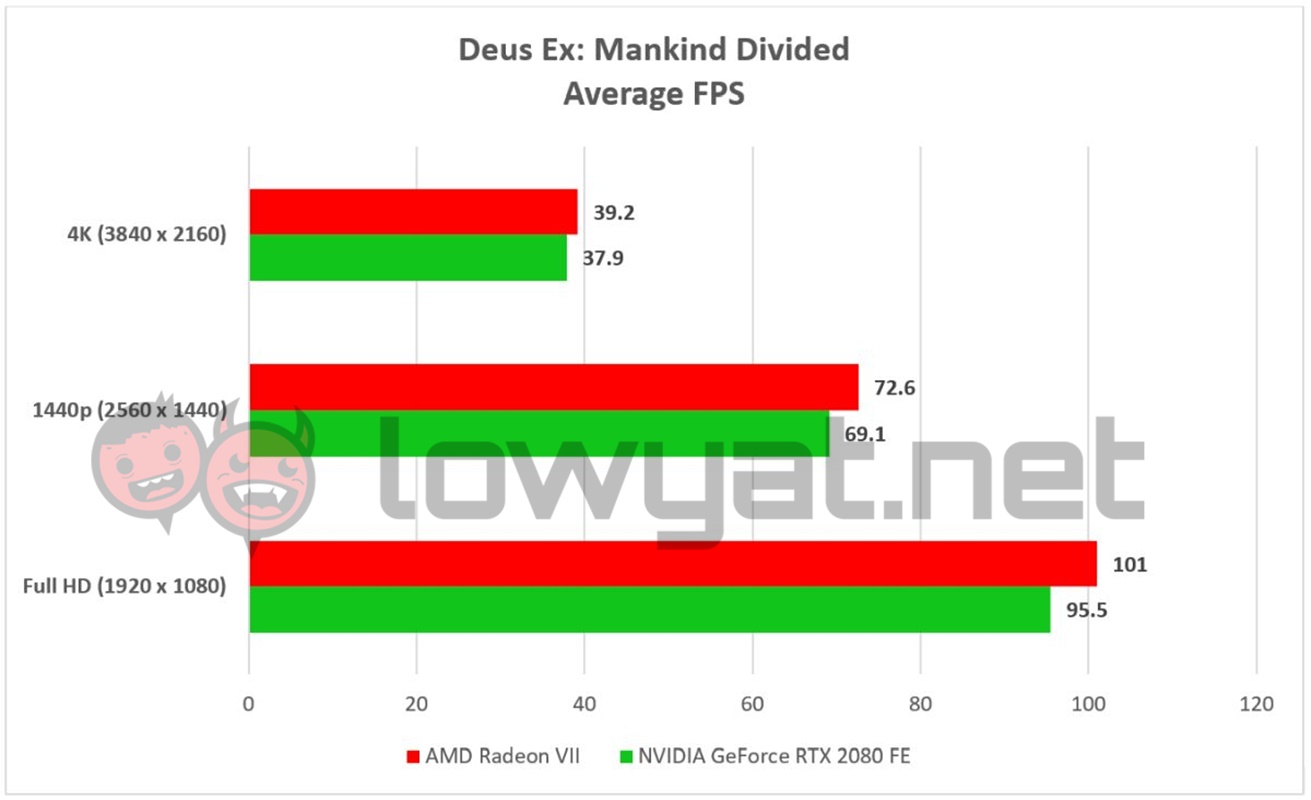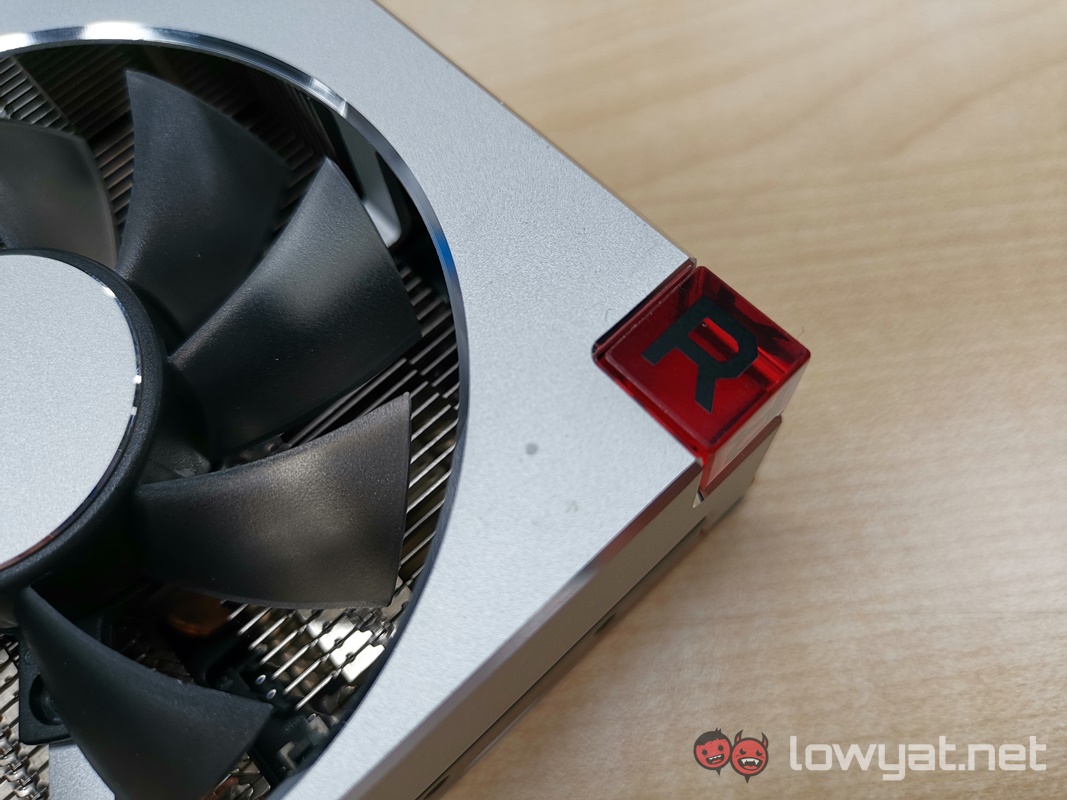Thanks to AMD generosity, I was actually able to spend a little bit of quality time with the Radeon VII and to see if the CPU and GPU maker’s new powerhouse graphics card was worth all the attention. One of the key points of the Radeon VII that stands out to me is the card’s overall design and aesthetics, and it’s not for the reasons you think. Instead of a fresh, new look or a more aggressive design, AMD has played it safe and reused the same dusted aluminium motif and theme. A theme which, by the way, actually dates back to the brand’s dual GPU Radeon R9 295X2 graphics card that first released back in 2014.
I will say this about the Radeon VII; I appreciate how AMD has chosen to forego the blower-style cooling solution it previously used for the majority of its major graphics card. Opting instead of plaster not one, but three 90mm high performance fans on top of the heatsink. If nothing else, the cooler shroud design does make it stand out from its predecessors. As far as backplates go, the one on the Radeon VII seems to err more towards the conservative side. Sporting nothing more than a few thin, elongated holes in random spaces, plus a major cutout hole right where the GPU is located on the PCB. It’s also the usual tell-tale design that this is truly an AMD graphics card.
It’s design out of the way, let’s get down to what really makes the card tick – its hardware. For those of you who still don’t know, the Radeon VII is still based on AMD’s Vega GPU architecture. Unlike its predecessors, this particular Vega GPU is structured around a thinner and more (supposedly) more efficient 7nm die lithography. In addition to the new fabrication, AMD also saw fit to give the card a whopping 16GB of HBM2 graphics memory. The Radeon VII also houses 13.2 billion transistors, 60 Compute Units, and 3840 Stream Processors. For context, AMD’s last generation Radeon RX Vega 64 only had 12.5 billion transistors, but 64 Compute Units, and 4096 Stream Processors. What is interesting about the Radeon VII, however, is the 1TB/s memory bandwidth AMD has managed to put in place for the card. Nearly 600GB/s more than the Vega 64 or Vega 56.
The clockspeeds of the Radeon VII are rather impressive too. Its base clock is set at 1400MHz, and while its boost clockspeed is rated at 1750MHz, the card is capable of reaching a peak clockspeed of 1800MHz. Of course, one expects a card like this to consume a lot of power, and you would be right. By default, the card’s PCB power consumption can reach a maximum of 300W. An amount that is comparatively higher than either its predecessors or its direct competitor, the NVIDIA GeForce RTX 2080. On that note, let’s get one with my test for the Radeon VII. To benchmark this card, I used the components as listed below:
Because AMD says that its new flagship graphics card is able to give NVIDIA’s own GeForce RTX 2080 a run for its money, I thought it fair to actually benchmark the card against our own Founders Edition RTX 2080. The monitor that I’ll be using for this test the Acer Predator X27 4K HDR gaming display, which is the direct competitor’s ASUS’ own ROG Swift PG27UQ gaming display. For this quick hands-on, the benchmarks I used were UL’s 3DMark tests as well as the Unigine Superposition. Bear in mind, these benchmark numbers incurred here are pre-overclocking. That will be a portion of the test that I will include the full review.
For real-world benchmarks, I’ll be posting the average framerate scores for just two titles for now – Battlefield V (BFV) and Deus Ex: Mankind Divided (DXMD). Simply because BFV is a recent title and does have some rather intensive hardware requirements. Likewise, DXMD is just a demanding, despite the game already being more than two years old. In any case, I’ll be adding in additional (and equally demanding) titles later when I publish the full review.
The benchmark results, both synthetic and real-world, for the Radeon VII are pretty much hit-or-miss at this stage. While it was able to go toe-to-toe with the RTX 2080 on the 3DMark tests, it was playing catch up to the RTX 2080 in the Unigine Superposition tests. The performance story is also quite similar with BFV. In 4K, the Radeon VII was not too far off with the RTX 2080, but it’s seemingly clear that the card was completely outpaced by team green’s own card when it came to 1440p and Full HD resolutions. Additionally, I was seeing a strange stuttering in BFV, but only at 4K and 1440p resolutions. At this stage, I’m simply chalking this experience up to the drivers that AMD had provided along with the card for testing.
Another issue I noticed was the temperature readings on the card. AMD says that at its peak, the Radeon VII’s temperature shouldn’t exceed 74°C on a full load. And while its Radeon WattMan does seem to reflect this detail, the temperature readings I was seeing was far higher on HWInfo. On a full load, the monitoring program showed the card reaching temperatures exceeding boiling point, reaching 104°C at one point. If that wasn’t a big enough tell-tale sign, the Radeon VII’s fans were definitely going at full whack and could definitely be heard.
But before any of us jumps to an uneducated conclusion, I think it’s quite possible that the temperature readings via HWInfo is inaccurate at this stage. For the simple reason that, at the time of testing, the Radeon VII wasn’t technically on the market yet. If anything, I would be patient and wait for a week or so for HWInfo to update its database. At this stage, my initial impressions of the card so far is tilting more towards the side of lackluster. Having said that, I’m fairly certain that AMD’s official drivers for the card might improve the framerate issues, and perhaps address some of the aforementioned issues. Especially if the brand is going to want to justify that steep US$699 (~RM2845) asking price. In any case, and as I mentioned earlier, I’ll be releasing a full review of the Radeon VII a little later down the road. So do check that out when it comes out.
